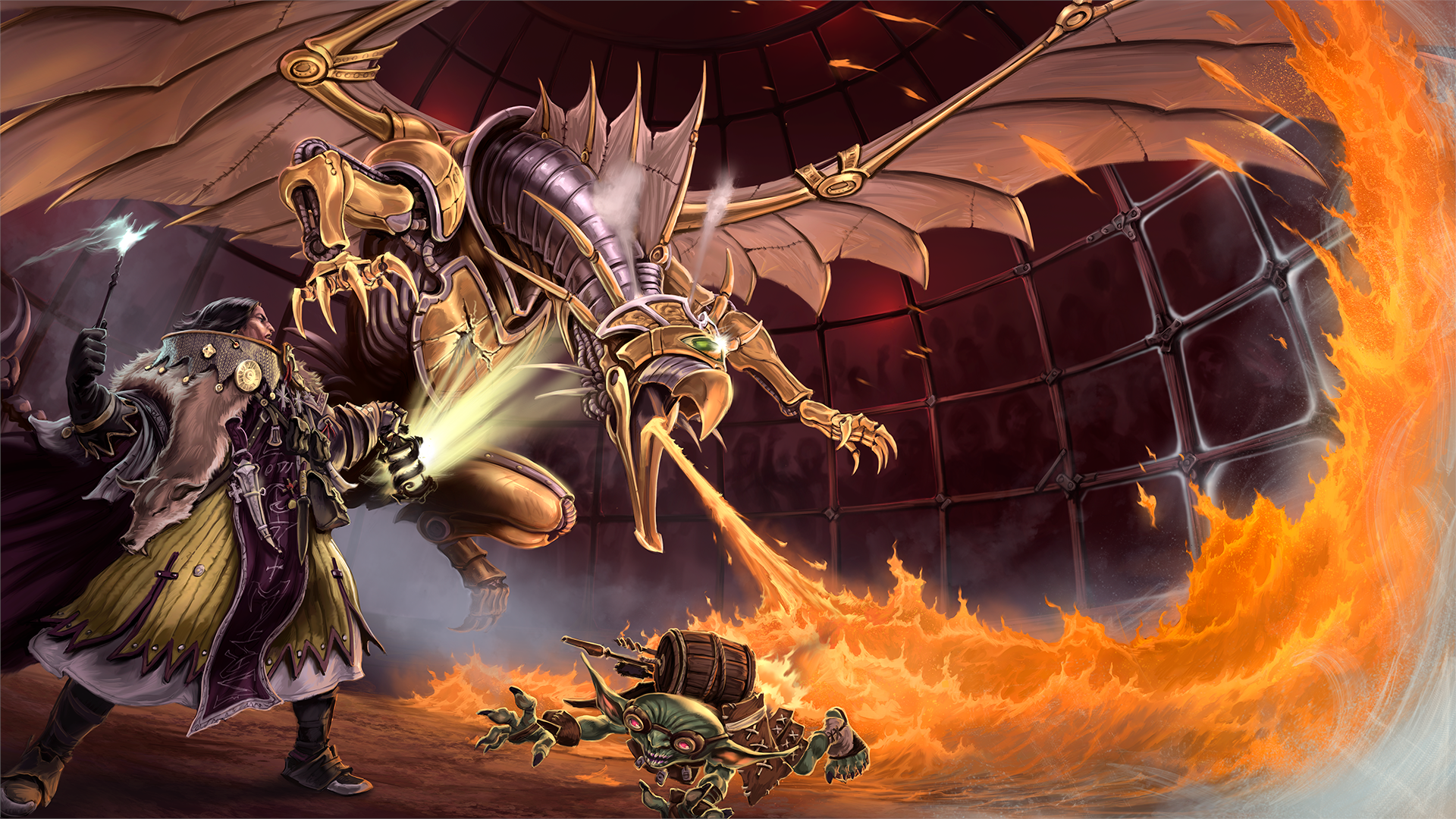
Listen—I know I like to have a good gripe and groan about Dungeons & Dragons, so much so that anyone familiar with my writing for this site might think I hate the damn thing. I don't, honest. I just hold it to a high standard in the way you might hold a politician under scathing scrutiny. It's the central monolith of the TTRPG gaming space, and it can take its licks—but I'd be lying if I said I didn't still like going on a high fantasy adventures, rolling to swing my sword, and getting shiny magic items.
The issue is though, when you like something, and wind up playing a lot of it, you start to notice its flaws, and boy does D&D have those—especially for the DM. Action economy is all over the place, encounter balancing feels like trying to spin plates covered in oil, and the game tears apart at the seams when you get to its higher levels.
Despite all this chaos, the more I've played D&D, the more I've felt like it's, well, conservative. I don't mean politically, I mean in the literal sense of the word. Wizards of the Coast occupies such a mammoth share of the space that changing anything, experimenting even the slightest bit, means potentially pissing off a fleet of fans. It's not a position I envy, even if I rag on them for holding it from time to time.
This weariness, unfortunately, trickles down into the game's mechanics. The new Player's Handbook has taken steps to address this, but I feel like it's fair for me to judge 5e on a habit it kept up for an entire decade, one it's only addressing recently, and to an extent as-yet-unknown (we're still waiting on the 2024 Dungeon Master's Guide and Monster Manual).
Cantrips like Blade Ward were left to rot for years, the Ranger was absolute dog water until it had a mid-edition rework in Tasha's Cauldron of Everything. Certain spells and options and feats are downright stingy, and while 5e makes an effort to keep character creation simple (something that has worked to its benefits), the power creep of certain subclasses, like the Twilight Cleric, puts other options to shame. And yet, some classes manage to feel samey no matter how you play them. For example, a Paladin basically plays the same as any other Paladin—with just a sprinkling of differences between Oaths.
This has, over the years, produced a TTRPG that (despite being a game where you're meant to inevitably be strong enough to kill god and warp reality) feels somehow both inconsistent but overly controlled at the same time. Like a helicopter parent over your shoulder, whose base ruleset never wanted you to have too much fun. It's not immediately apparent, but the more familiar you are, the more you start to feel the leash around your neck.
All this to say, when the DM for one of my D&D games became too busy to be in the chair, I stepped up to the plate and ventured "well, I've heard good things about Pathfinder 2e, why not dip our toes in?" Innocent, naive fool that I was, I figured, hey—it can't be that much different from 5e.
If Pathfinder 2e was a body, then the bones would look almost identical compared to its more mainstream cousin. It's what is layered on top—the sinew, the muscle—that makes it feel very different. Both systems live in the same family, they share the same genetic code. They're even siblings to each other. But while D&D 5e eventually felt like a strict parent, Pathfinder 2e feels like a cool uncle that lets you smoke weed and listen to his vinyl albums whenever you visit his bungalow.
A warm welcome
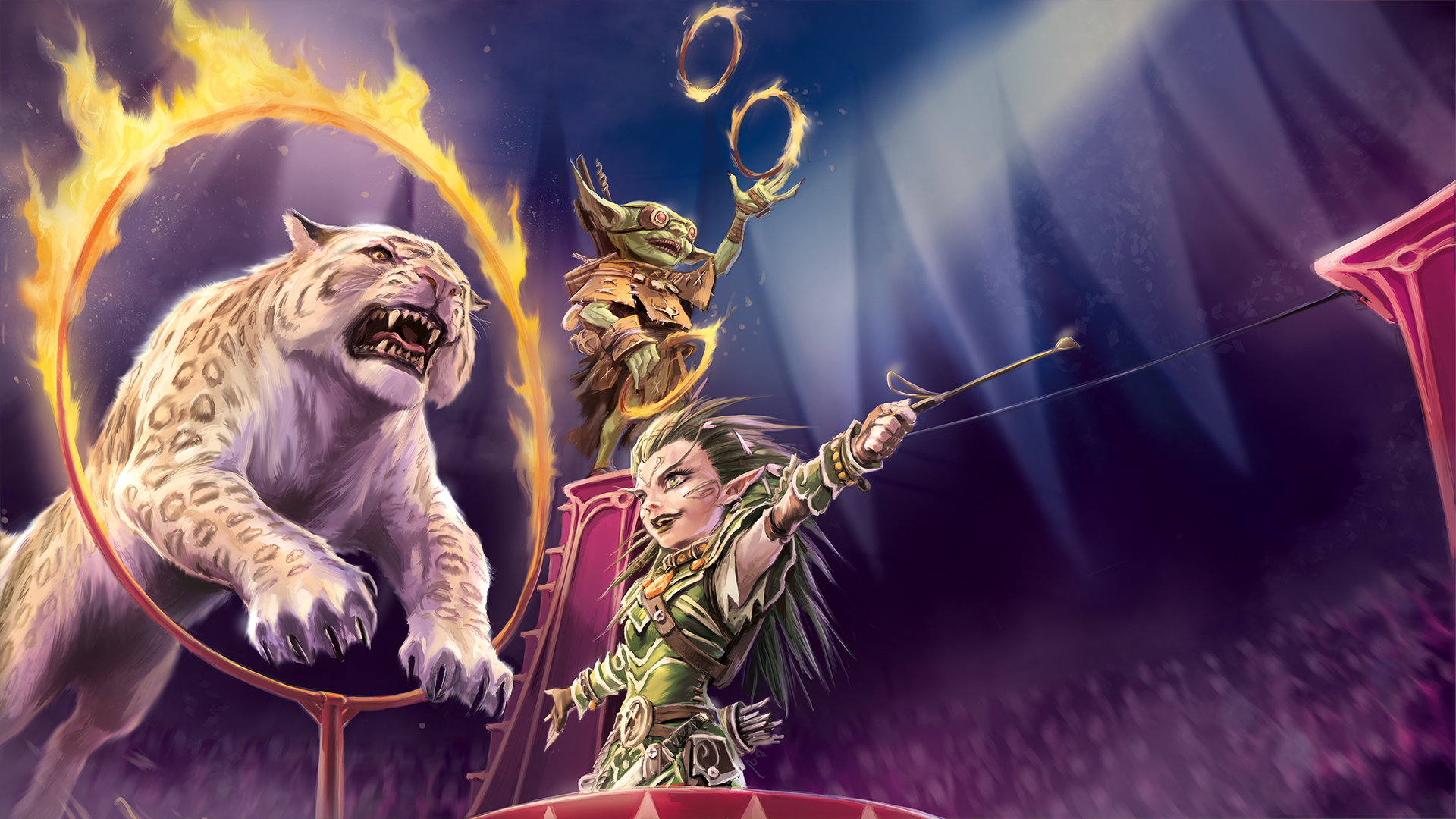
I genuinely have no idea how Paizo, creators of Pathfinder 2e, make their money—I mean, logically speaking they make it via Adventure Paths, which are the prefab adventure books, but still. I'd gotten so used to D&D making you dig into your wallet to get started that I'd forgotten what it was like to get anything for free.
For context, pre-ordering a digital only version of the upcoming 2024 D&D ruleset (all three books) runs you around $90, or $30 for each tome. Physical versions are pricier, at $50 a pop, or $150 for the set. Do you know how much it costs to get access to all of the non-adventure material for Pathfinder 2e? The rules to build characters, the extra class options from books, most of the monsters from those adventure paths? Not a single cent.
Okay, there's an asterisk, here—Pathfinder 2e has an officially-sanctioned site with all that content on called Archives of Nethys, and it's slightly behind the official releases (the system's in the midst of a rules revamp). But still, it's basically all there.
If you want to play on a virtual tabletop, this generosity extends to Foundry as well. While you'll have to pay for a server licence (something you'd need to do to run D&D on it as well, anyway) the integration of everything is just there, baseline. It even gets updated a lot faster than Nethys, as well.
What this means is that if you're happy to homebrew your own setting, Pathfinder 2e is essentially free-to-play. It's nice to have the books for convenience's sake—especially if you're new to running it—but I was staggered by the generosity going on here. You're handed a free doobie by uncle PF2e the moment your parents drop you off, and things only get whackier from there.
4,500 feats
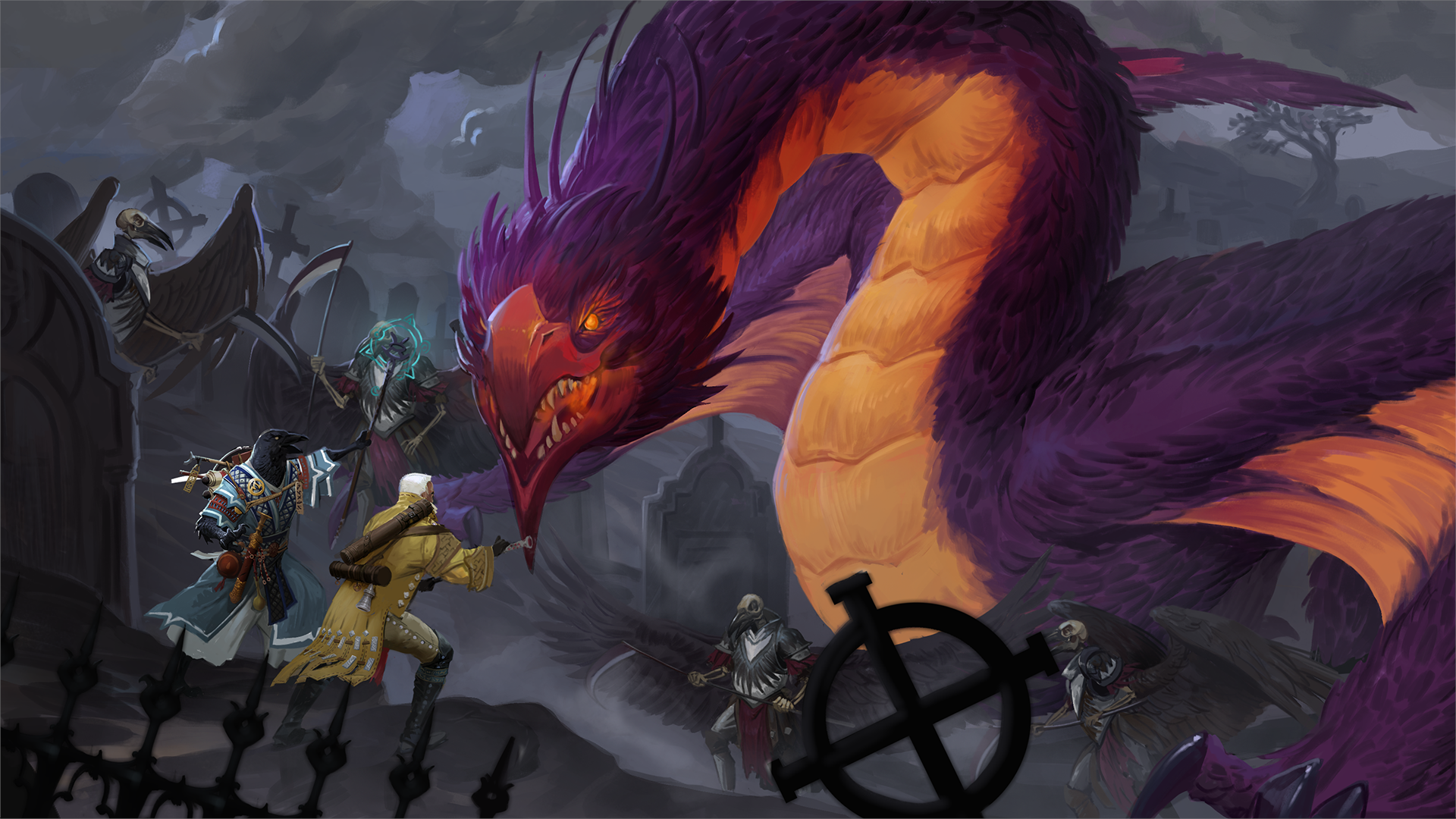
PF2e has options—heaps of options—for players starting out. To break it down, while characters in Pathfinder 2e have core class like D&D has them, they're primarily built out of secondary feat choices, which are split into a few categories.
You've got your Ancestry feats, which are determined by whether you're, a goblin, a robot, a skeleton, a plant person, and so on. You've got skill and general feats, which are either broadly applicable or hone in on a specific skill, and you've also got class feats, which are related to your class. Assembling these together is what makes a character sing—and because there are so many of them (4,500+ spread across those categories) you can go hog wild. That's not even getting into Archetypes, which are the equivalent of the game's multiclassing system, letting you swap your class feats for even more specific talents.
The way these classes play is also, broadly-speaking, less stingy as well. For instance, being a dedicated healer isn't really a thing in 5e unless you go for a specific Cleric domain (Life, or Grave). This is not the case in Pathfinder 2e—healers and supports are extremely impactful, and there's quite a few options for them depending on how hardcore you want to get.
PF2e has options—heaps of options—for players starting out.
The flavour of these feats is also tremendous. Some of my favourites include "Just One More Thing", an Investigator feat that lets you reroll a failed attempt to influence someone by pulling a Columbo and revealing that you had them on the hook the whole time. There's also the Automaton ancestry feat "Energy Beam", which gives you laser eyes.
If this all sounds tremendously complicated and overwhelming, that's because it is. And it's why I don't think simply saying "I think Pathfinder 2e is better than D&D" is exactly accurate. While I'm sure a table of game-savvy players could handle it as their intro to the hobby with a bit of homework, it's not a good first TTRPG unless you're already really into video or wargames.
If, however, you've been playing D&D 5e for a while? Pathfinder 2e fixes most gripes I have with 5e combat which—no matter what some DMs will tell you—is absolutely the core bread and butter of both systems.
Three actions and the beauty of crits
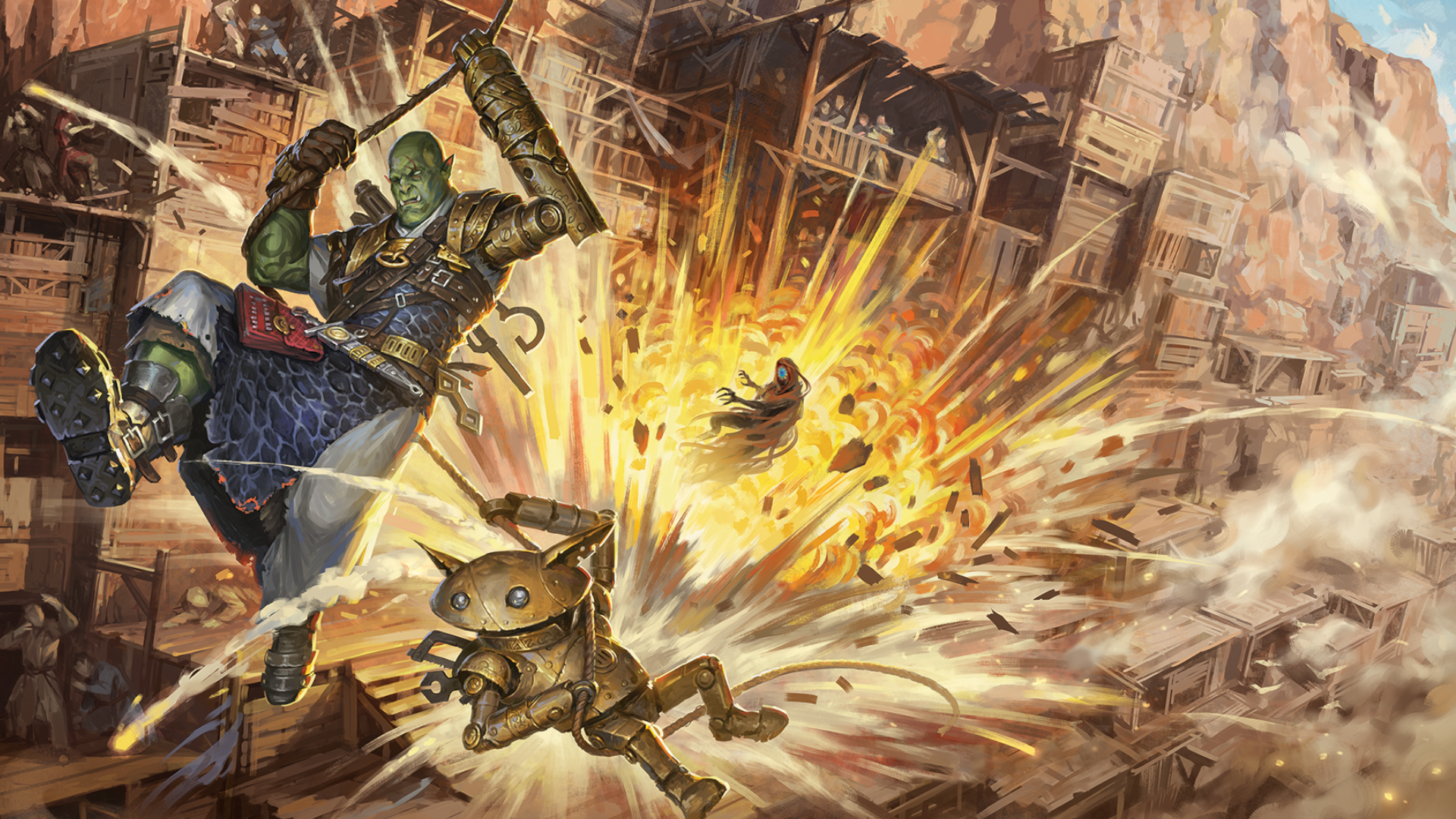
Stop me if you 5e players have heard this one before: You've just used your action to swing, have missed, and are now rifling through your character sheet looking for a bonus action, or staring at a grid wondering if moving somewhere will make you feel like your once-every-15-minute contribution to the combat actually did something. This takes about three minutes of staring at your sheet before you go "nah, I've got nothing else. That's the end of my turn."
The "Action, Bonus Action, Movement" system in D&D is the bane of my existence for this reason. Having a resource that only kicks in sometimes as well as a resource that must be spent moving will always slow a turn down. In Pathfinder 2e, though, you get three actions. That's it. You can use those actions to swing a sword, to move, to hide, and so on—but once you've done three things, your turn is over.
While PF2e is definitely a more complex game, this simple change manages to keep its combat (at the lower levels, at least) on pace with 5e, because you know immediately when someone's turn is over. There's no indecision—if they're done, they're done.
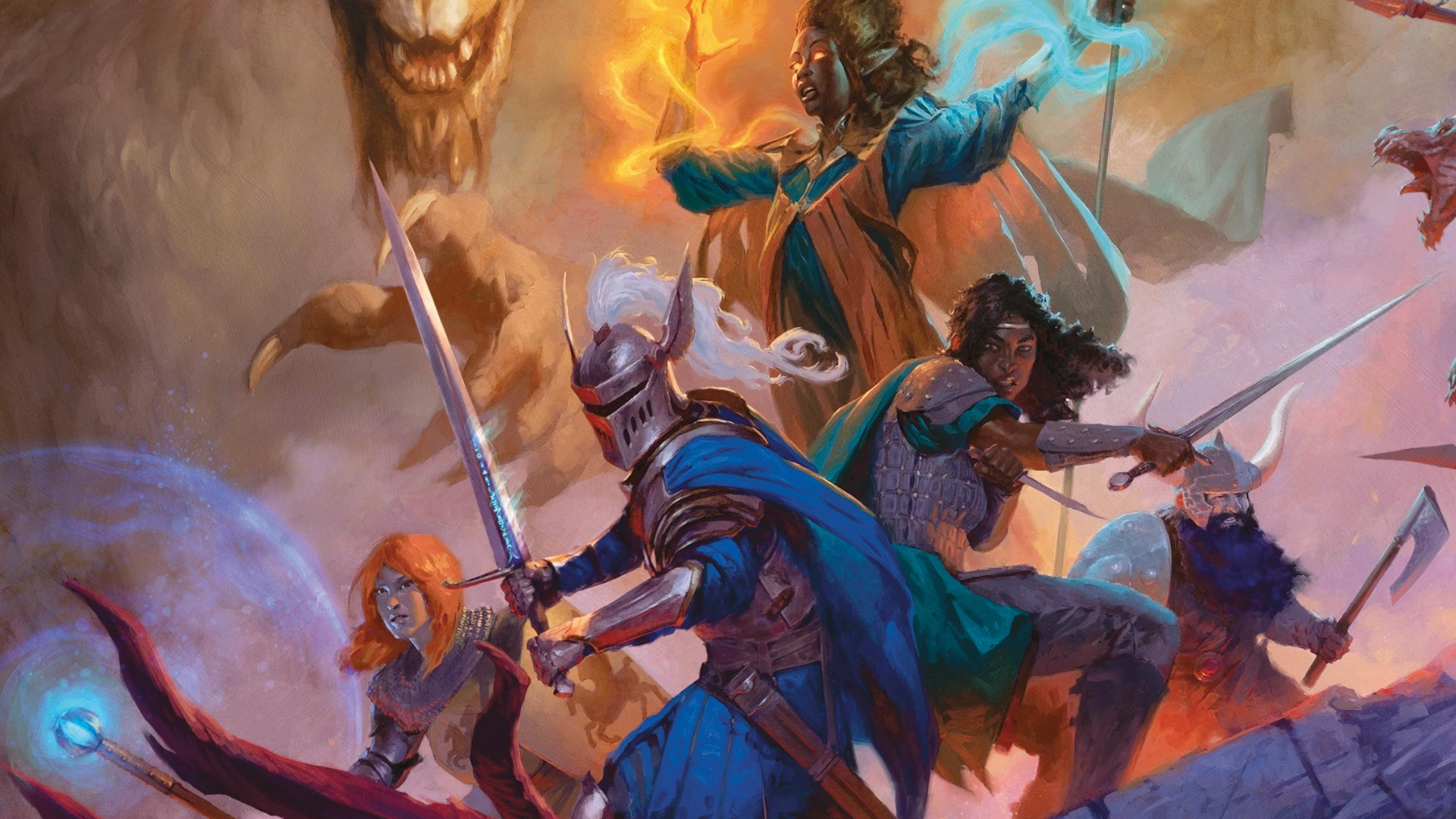
2024 D&D Player's Handbook first impressions.
This also means that Paizo's been able to add actions that cost two or even three actions, giving players access to powerful, combat-defining attacks. Take the Heal spell, for instance: You can cast it with one action to heal someone in front of you, two actions for a more powerful heal that can be cast at range, or you can spend your whole turn rooted in place to heal everyone in a 30-foot aura around you.
Basically, players just have a lot more to work with. Instead of just always getting a move action by default, you're making a trade-off where you can plant your feet—but potentially stay in a vulnerable position—to do something even cooler.
Crits are also just better. In PF2e, critical failures and successes happen if you score 10 below or above your target. Say an enemy has an AC of 20, and you roll 18, then add 12? Well you rolled a 30, so that's a crit, baby. While I'm not sure how I feel about adding your level to just about everything yet (this makes the numbers get really, really high), this crit system is extremely elegant in that it keeps little bonuses—plus ones or plus twos—relevant, since they can push you over the edge and make your enemy explode.
It also means that, again, Cool Uncle PF2e is happy for a level 10 fighter to bowl through an entire pack of low-level mooks without any fear. Past a certain level difference, blows are going to glance off your armour, and every swing you land is going to crit—which is, like a lot of things with this system, tremendously flavourful. It also means you can have your ultra-powerful Strahd-tier villains actually show up, make a statement, and not be afraid they'll die to some bad luck.
A good second home for a seasoned table
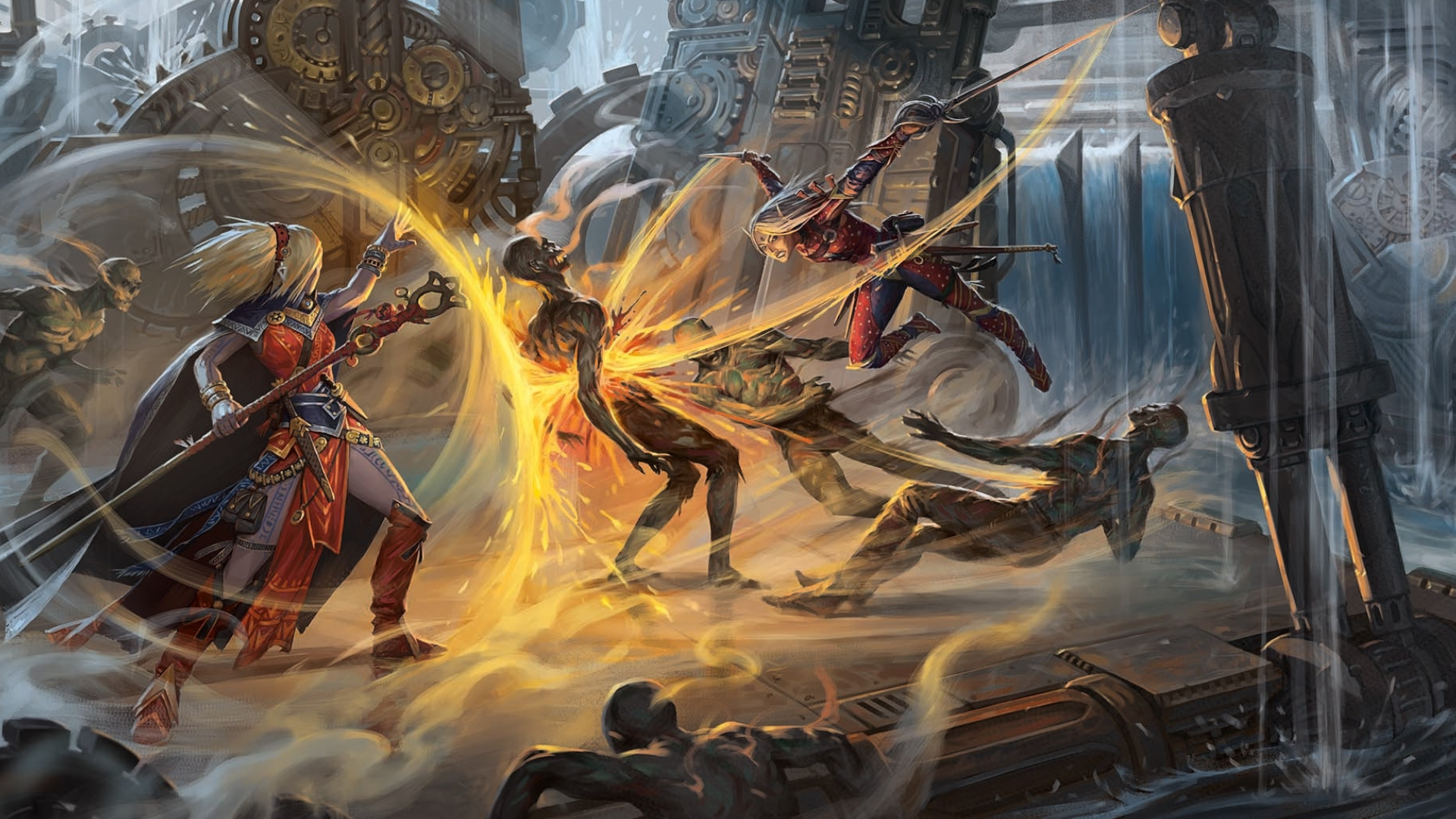
There are some things I don't entirely like about Pathfinder 2e. The maths and more complicated conditions can get finickity. Not to mention, while your Cool Uncle PF2e is nice to hang out with, he gets a little too into talking about the types of kush he's growing, sometimes. Rules for many activities are hyper-specific, but they can also get frustratingly complicated. Pathfinder 2e also isn't immune to feats or options that just plain suck, it's just less noticeable because there are so many of them.
This also isn't a good game for players who don't know how Sneak Attack works after two years of play. The amount of options, and the unique ways in which they interact, means that you absolutely have to have a table of players who know their business. I run a table of six, and I have fully given up on understanding anything my players are doing. They could all just be lying to me for all I know, but I've got enough stuff to be getting on with.
Pathfinder 2e is a lot less thematically malleable in terms of its high-magic vibes than D&D, which is both good and bad.
Pathfinder 2e is also just a lot less thematically malleable in terms of its high-magic vibes than D&D, which is both good and bad. Now, I'm a firm believer in that people who try to homebrew 5e to fit super specific circumstances should probably just go play something else. For instance, if you wanna do teenage superheroes, go play Masks—it just does it better.
5e does, however, offer DMs the wiggle-room to play in higher or lower-magic settings. And while PF2e does have options for that sort of thing, you're also choosing to deliberately avoid the system's strengths even more. I wouldn't recommend this thing to anyone looking for a gritty, low-end, realistic campaign—even if I'm sure it's possible—because much of the joy within these rules involves getting to play a skeleton with a feat that lets you collapse into a pile of bones to ignore a critical hit.
But if you've already got a table of 5th-edition weary gamers who aren't afraid to hit the books and want a high-magic campaign? Pathfinder 2e is so genuinely refreshing. All of the things D&D feels afraid to lean into, it embraces. It allows players to piece together staggeringly weird, specialised characters bursting with flavour, and it's basically free. It's a little intense, sure, but it's well worth checking out if you'd like to do something new. Now, if you'll excuse me, I need to go remind myself how vehicles work for the 100th time.



!["[T]he First and Fifth Amendments Require ICE to Provide Information About the Whereabouts of a Detained Person"](https://images.inkl.com/s3/publisher/cover/212/reason-cover.png?w=600)



